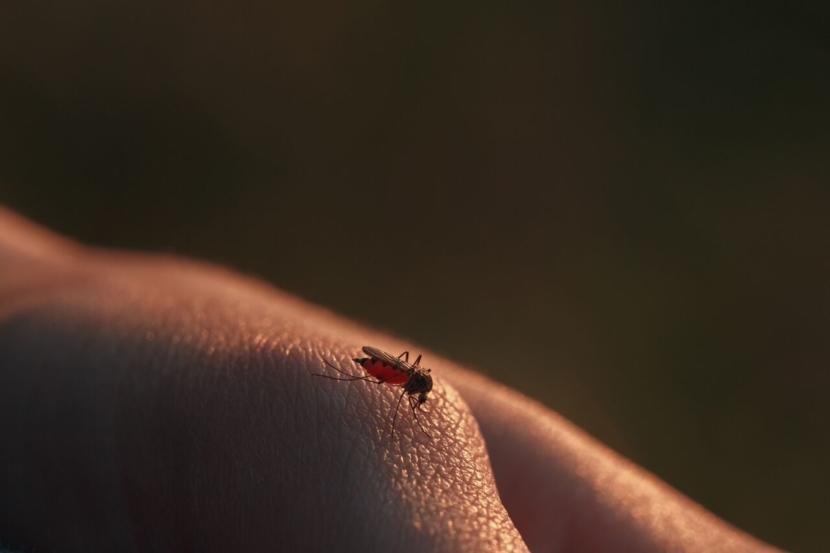What is Dengue Hemorrhagic Fever?
The more serious version of typical dengue fever needs emergency medical assistance as it can prove fatal if left untreated

Dengue fever is a more common and typical viral disease spread largely through the Aedes Aegypti mosquito and to some extent by the Aedes Albopictus mosquito. Initially rampant in more tropical and temperate countries, the disease gradually spread to other zones as populations started migrating to and fro with greater frequency.
Dengue usually subsides on its own and does not cause fatalities. The typical Dengue fever has a more severe and dangerous offshoot – the Dengue Hemorrhagic fever (DHF) which can claim lives if the patient does not receive quick medical care.
The Dengue Hemorrhagic Fever
DHF is spread by the same insect vector that spreads typical dengue fever. It will be less serious in smaller children but becomes life-threatening in older teenagers, adolescents, and the adult population. The symptoms are generally more intense and life-threatening than that of dengue fever:
- Fever
Fever will be consistently high at around 104 degrees Fahrenheit (40 degrees Celsius) and extends beyond seven days.
- Pain in the abdomen
Abdomen will be stiff and painful with gastrointestinal upsets and hard, painful motion.
- Muscle cramp and joint pain
Muscles become cramped and the joints of the limbs stiffen, making movements extremely painful. This is how dengue gets the name “breakbone fever.”
- A headache and eye pain
There will be chronic headaches and a dull pain just behind the eyeballs.
- Bleeding
In extreme cases, the nasal passages and mouth start bleeding as blood vessels swell abnormally and rupture.
- Leakage of blood fluids
Owing to swollen blood vessels, red blood cells and plasma fluid leak into adjacent tissues causing edema in the organs.
- Respiratory problems
Lungs fill up with fluid, making it possible to breathe only in short, painful gasps.
- Dehydration
Extreme dehydration sets in and urine output diminishes, even if the patient appears to be drinking liquids normally.
- Reddish patches (petechiae) on the skin
Blood hemorrhaging beneath the skin appears externally as reddish spots spreading all over the body.
In DHF, if the symptoms are left untreated, organ failure, circulatory problems, and massive bleeding may ultimately lead to death.
Treatment Options for Dengue Hemorrhagic Fever
There is, unfortunately, no cure for both dengue and DHF, and vaccines are still in the trial stage. The only option left for suffering patients is to adopt the highest level of preventive care.
- Body rehydration therapy
Replacing lost body fluids assumes top priority. This can be done by making sure the patient consumes lots of water, supplemented with juices of fruits and vegetables, besides nourishing and wholesome meat soups.
What cannot be accomplished through the oral route can be fed intravenously using saline drips enriched with essential electrolytes and salts.
- Platelet replacement and blood transfusion therapy
The decimation of blood platelets, the cells that repair wounds by clotting, is a major issue in DHF, and profuse bleeding occurs when the platelet count is below normal. This could be remedied either through nutritional food inputs that activate platelet production or through direct platelet replacement as done through healthy blood transfusion.
Symptomatic Relief Through Targeted Medication
- Tylenol can be administered every six hours on a daily basis to bring high fever back down to normal levels.
- Respiratory issues can be tackled using bronchodilators that allow the patient to breathe normally.
- Intravenous rehydration can help in increasing urine volume and in expelling toxic byproducts of viral infections quicker.
- Blood pressure can be controlled using selective high potency drugs to release the load on the kidneys and keep then functioning at optimal levels.
- Hematocrit testing, platelet measurements, and urine output can be monitored on a daily basis to assess the success of medication and supporting therapies.
- As and when the fever subsides completely, the patient can be placed under a 48-hour monitoring program to prevent recurrence of the disease.
DHF in the United States
The incidence of dengue fever and DHF is extremely rare in the US, and credit for that can be given to the robust public healthcare system in force in various communities. The main threat comes externally through infection sourced from foreign countries and brought to the US by travelers and tourists.












